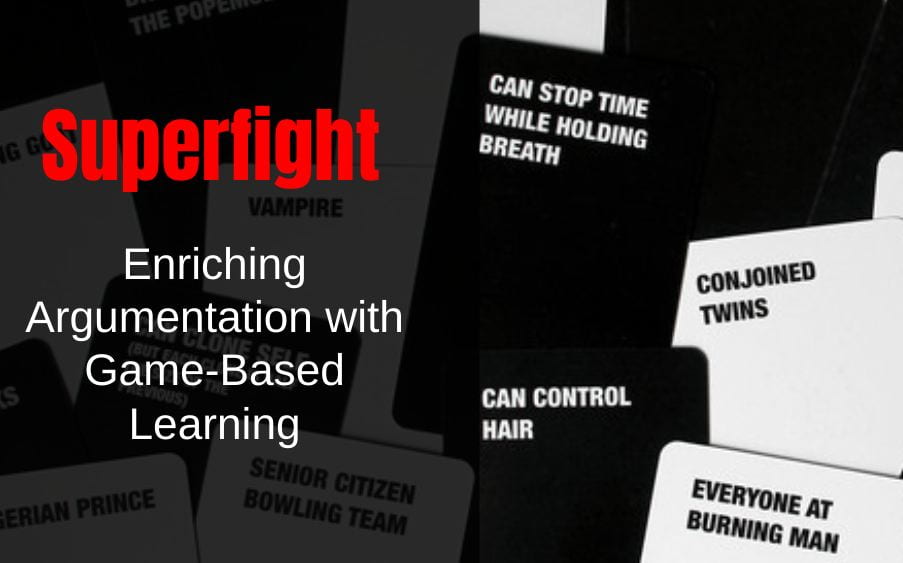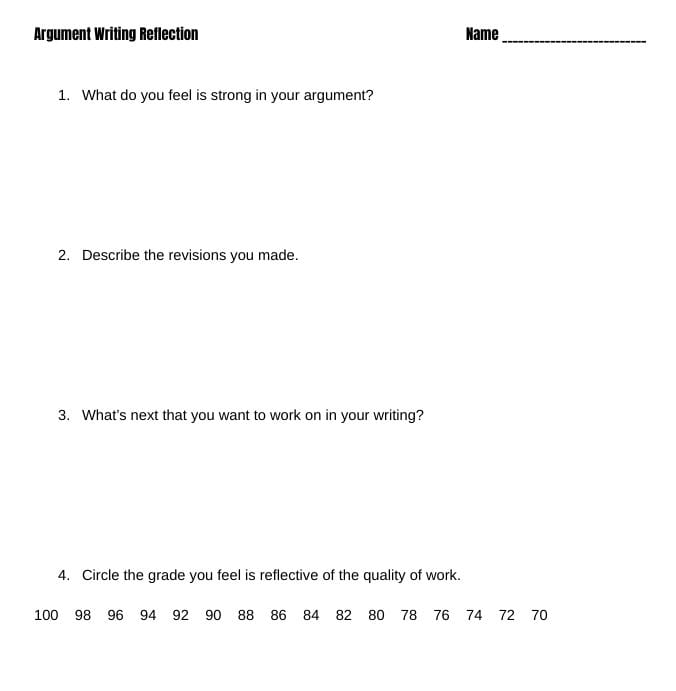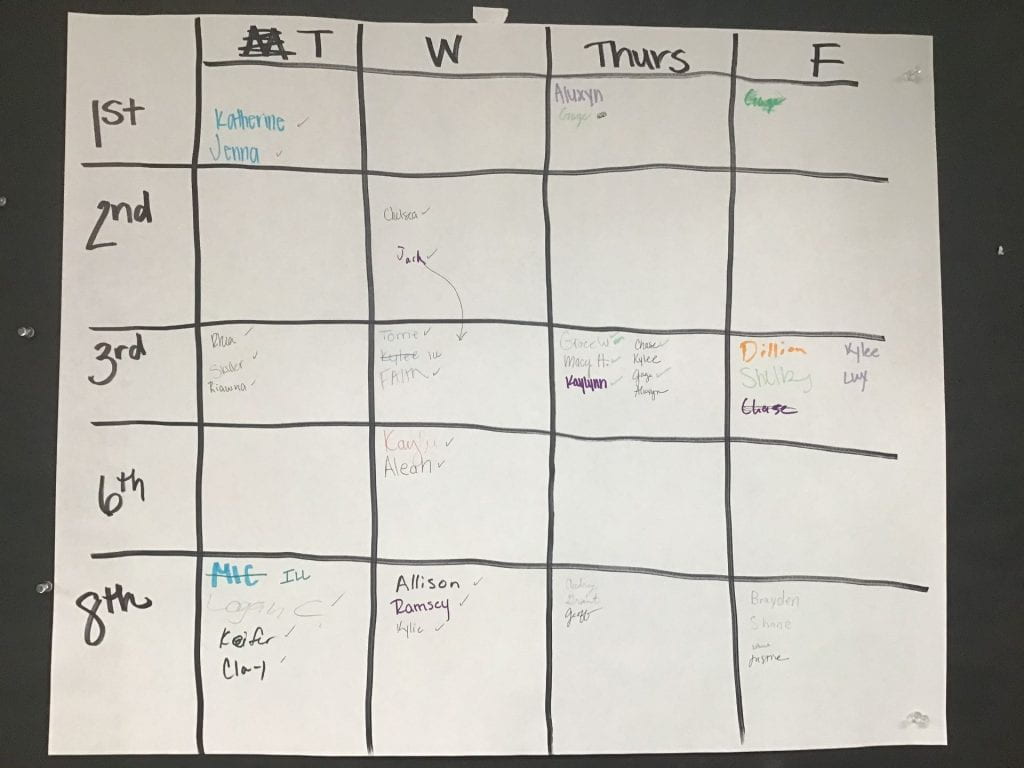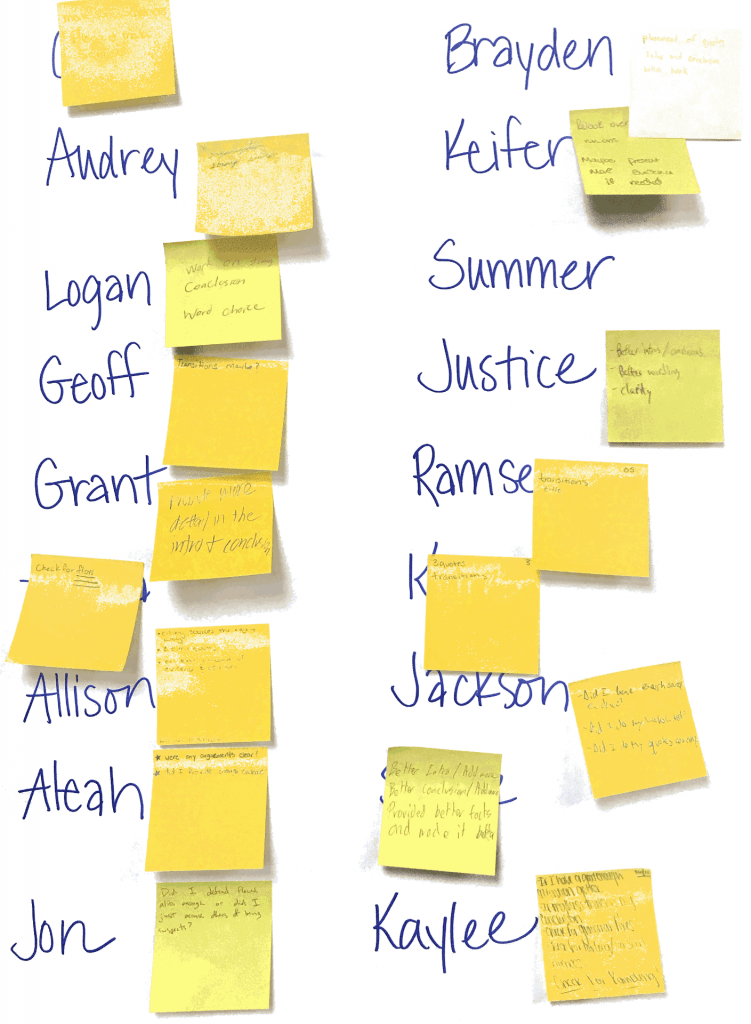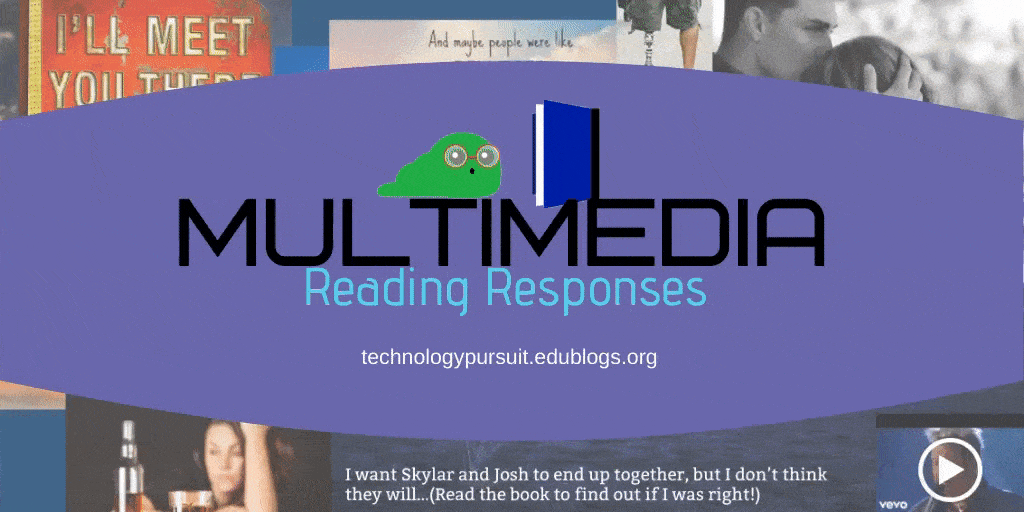
My juniors have started our unit of “What Is Truth?” and the first focus of the unit is fake news. (We move to biased sources and unreliable narrators later.)
This is also a topic that has a lot of resources, including games. (You can find some of my favorite resources here.)
But this post is all about how we kick off the unit.
1. Start with Factitious
Factitious is a simple True/False fake news game. All players need to do is determine whether the article if real or fake. I also love that there are six different levels, which allows students choice–my higher-ability readers can choose the “hard” levels suggested for college readers, and students who are struggling may choose to do an “easy” level.
I used this as the opening activity this year. They played for 5-10 minutes, and then they added a post to a Padlet describing what their strategies were in playing the game.
This is important. I did not tell them any strategies. I didn’t give them any hints on discerning the fake news from real. They found their own ways, talked to their neighbors about them, shared them on Padlet. They learned just by trial and error.
At the end of the day, I made an anchor poster of the strategies they’d listed. This anchor poster then provides a go-to list of strategies for finding fake news throughout the unit (and hopefully, throughout life!)

Factitious Game

Anchor Poster of Fake News Strategies
2. Play The Canadian Infiltration
I like the collaborative feeling of Breakout Games, but I’m always looking for ways to add more close reading. Thus, The Canadian Infiltration was born. The narrative is that fifty years into the future, the Canadians are tired of the cold temperatures and want to move farther south. One of their steps in doing so: Dividing Americans through the use of fake news.
I provide each group with a manila envelope of articles. Four of them are fake. Their task is to determine which articles are fake. They’re allowed to use the Internet, the anchor chart, their experience from playing Factitious, and good ol’ common sense.
In the past, I’ve started out with The Canadian Infiltration, but I’m really happy with the sequence of this year’s activities. Playing Factitious, developing a set of strategies, and then moving into the group game was very smooth. More so than ever, I saw students more concerned about sources and checking other sites to corroborate articles
